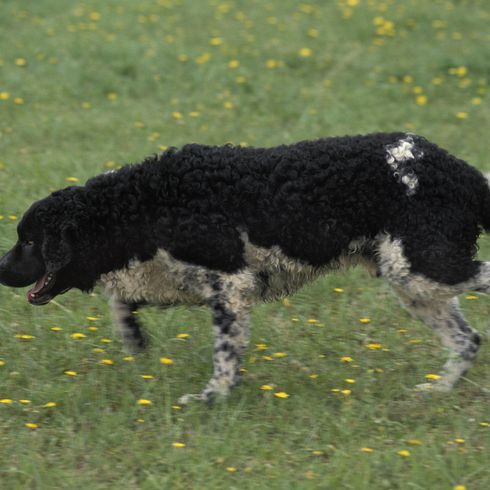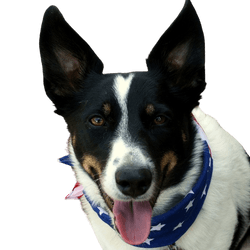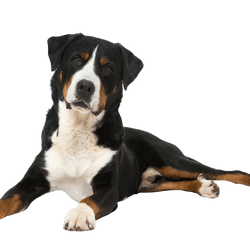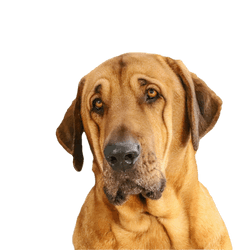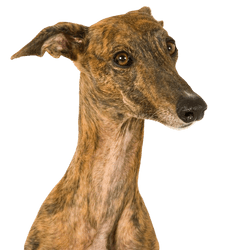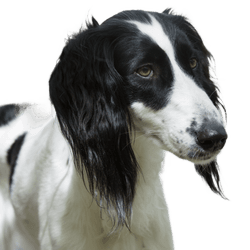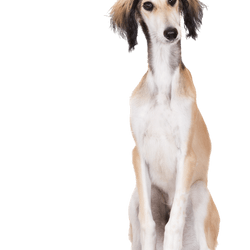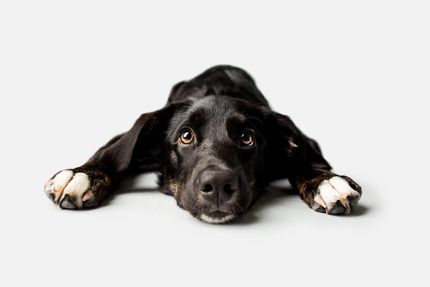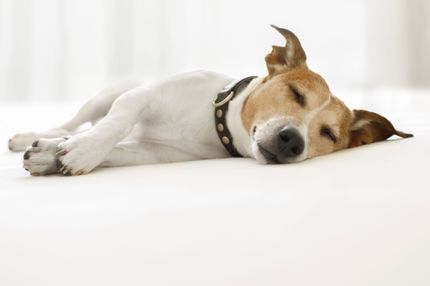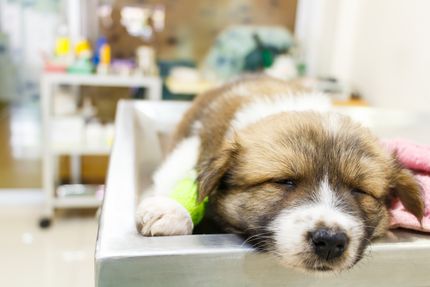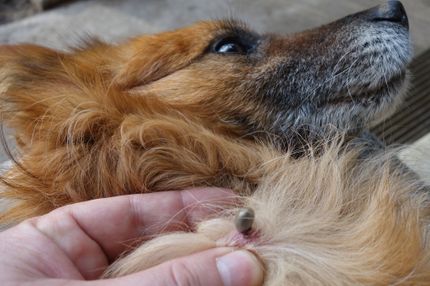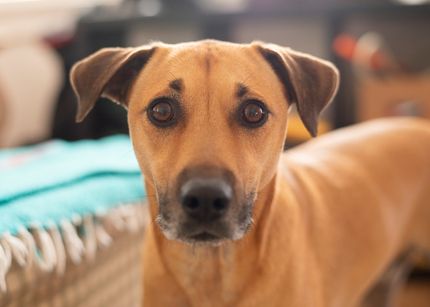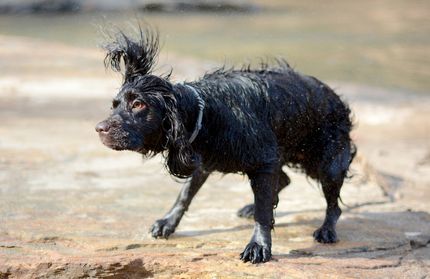Facts & Origin
Origin and history
The Wetterhoun, also known as the Frisian Water Dog, is a rare breed of dog that is deeply rooted in Dutch culture.
Origin:
- The Wetterhoun originates from the Dutch province of Friesland.
- Its history dates back to the 16th century.
Development of the breed:
- Originally bred for hunting waterfowl and for otter hunting.
- The Wetterhoun was an indispensable helper for farmers and hunters in the Dutch wetlands.
Characteristics and suitability
The Wetterhoun is not only a talented hunter, but also a loyal family dog.
Hunting skills:
- Known for its excellent swimming skills and persistence in the hunt.
- Possesses a strong hunting instinct, which should be taken into account during training.
As a family dog:
- The Wetterhoun is known for its calm and composed nature.
- He is a loyal and protective companion for his family.
Suitability for dog sports:
- Thanks to his intelligence and willingness to work, he is well suited to dog sports such as agility and obedience training.
- He needs regular mental and physical challenges.
Worth knowing
- The Wetterhoun is a rare breed and little known outside the Netherlands.
- Its water-repellent coat and impressive tail, which is often curled, are characteristic.
Conclusion
The Wetterhoun is a versatile dog that excels in both hunting and family life. Its rare presence and fascinating history make it a special choice for dog lovers looking for an intelligent, loyal and robust companion.
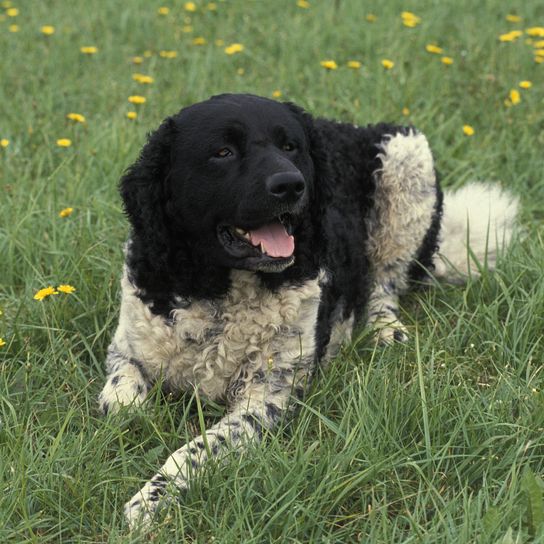
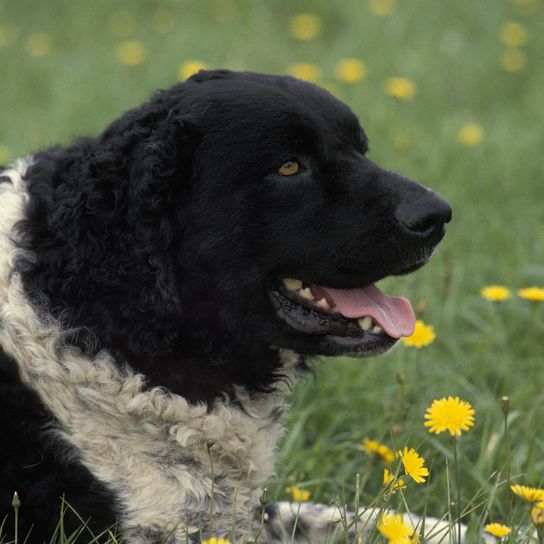
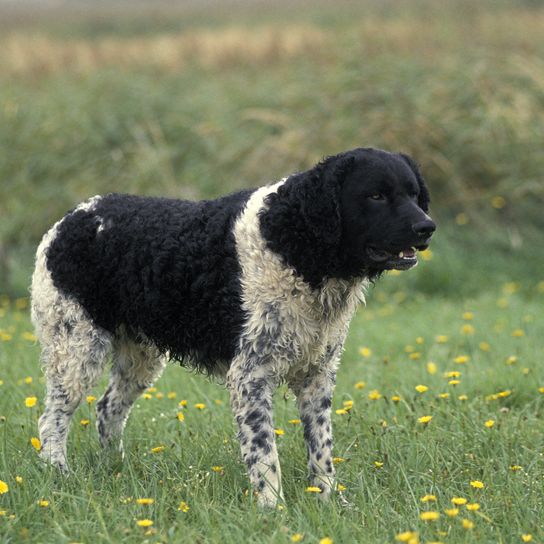
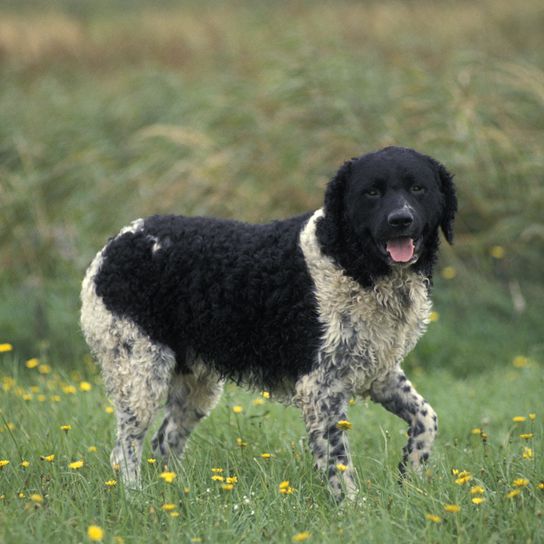
| Alternate Name | Wetterhoun, Wetterhond |
| Origin | Netherlands |
| Life expectancy | 9 - 15 years |
| Care requirements | high-maintenance |
| Activity level | average to high |
| FCI group | Water Dogs |
| AKC group | Sporting Group |
| KC group | not recognised |
Attitude, character and temperament of the breed
Traits of the Wetterhoun
- Independence: Wetterhouns are known for their independent nature. They are intelligent and sometimes stubborn, which requires consistent training.
- Loyalty: These dogs are extremely loyal to their owners and build a close bond.
- Family-friendly: They are child-friendly and make good family dogs as long as they are properly socialized.
- Alertness: The Wetterhoun is a good watchdog, alert and watchful of its surroundings.
Dealing with the Wetterhoun
- Education and training: Due to their intelligence and independence, Wetterhouns require consistent and patient training. Early training and socialization are crucial.
- Exercise: This breed needs regular physical and mental exercise. Long walks, play sessions and training exercises are ideal.
- Social behavior: The Wetterhoun is sociable with people, but can sometimes be reserved with other dogs. Early socialization is important.
Conclusion
The Wetterhoun is a versatile, loyal and alert companion that fits in well with family life. Its independence and intelligence make it an interesting and sometimes challenging pet, but with the right upbringing and training it will become a loyal and loving family member. Careful care and socialization will help to bring out the best in his characteristic nature.
Usage
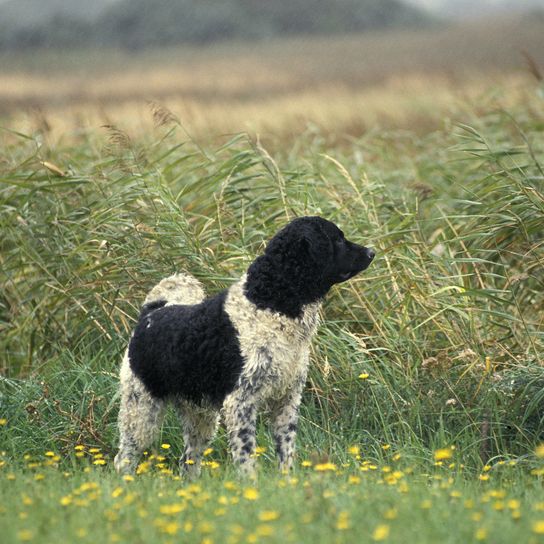


Care of the Wetterhoun
- Coat care: The Wetterhoun's curly coat must be brushed regularly to prevent matting. Brushing once a week is usually sufficient.
- Bathing: Bathing should only be done when necessary, as frequent bathing can remove the coat's natural oils.
- Ear care: Due to their drooping ears, these should be checked and cleaned regularly for signs of infection or parasites.
Health of the Wetterhoun
- General health: The Wetterhoun is considered an overall robust breed with few known genetic health problems.
- Regular vet visits: As with all breeds, regular check-ups with the veterinarian are important to detect and treat health problems early.
- Vaccinations and worming: A complete vaccination schedule and regular worming are essential for the health of the dog.
Breeding the Wetterhoun
- Breeding selection: Only healthy animals with good character and breed standard should be used for breeding.
- Genetic diversity: As this is a rare breed, it is important to maintain genetic diversity and avoid inbreeding.
- Responsible breeding: Potential breeders should be aware of the responsibility that comes with breeding this particular breed.
Conclusion
The care of a Wetterhoun is uncomplicated, but requires regular attention, especially with regard to coat and ear care. In terms of health, the Wetterhoun can be classified as robust, but regular veterinary checks are important. In breeding, the focus is on maintaining the genetic diversity and health of the breed. Anyone who owns or breeds a Wetterhoun can look forward to a loyal, hardy companion with a strong character.


Insight into the exterior of the Wetterhoun
The Wetterhoun, also known as the Frisian Water Dog, is famous for its distinctive appearance and robust exterior.
Coat texture
- The Wetterhoun is characterized by a dense, curly coat that is water-repellent.
- Typical coat colors are black, brown or black and white, often with a characteristic curl pattern.
Visual characteristics
- The head of the Wetterhoun is relatively large with a broad muzzle and strong jaws.
- Its eyes are dark and expressive, giving it an intelligent look.
- The ears are medium-sized and drooping, giving its face a friendly expression.
Size and weight
- Male Wetterhouns (males):
- Average height: 55 to 59 cm shoulder height.
- Weight is between 20 and 25 kg.
- Female Wetterhouns (bitches):
- Slightly smaller than the males, with a height of 53 to 57 cm at the shoulder.
- Weight varies between 18 to 22 kg.
Care of the coat
- The coat of the Wetterhoun requires regular grooming to keep it in good condition.
- Weekly brushing is recommended to prevent matting and knots.
- Despite its water-repellent coat, it should be dried thoroughly after swimming.
Conclusion
The Wetterhoun is an eye-catching dog that impresses with its physical attributes as well as its robust and weatherproof coat. Its size and weight make it a medium sized, strong dog, ideal for active families or individuals looking for a hardy and loyal companion.
| Fur length | medium |
| Fur | curly |
| Ear shape | Floppy Ear |
| Tail | rolled up |
| Anatomy | strong |
| Size ♀ | 54 - 65 cm |
| Weight ♀ | 25 - 35 kg |
| Size ♂ | 56 - 67 cm |
| Weight ♂ | 25 - 35 kg |
| Suitable For | - |


